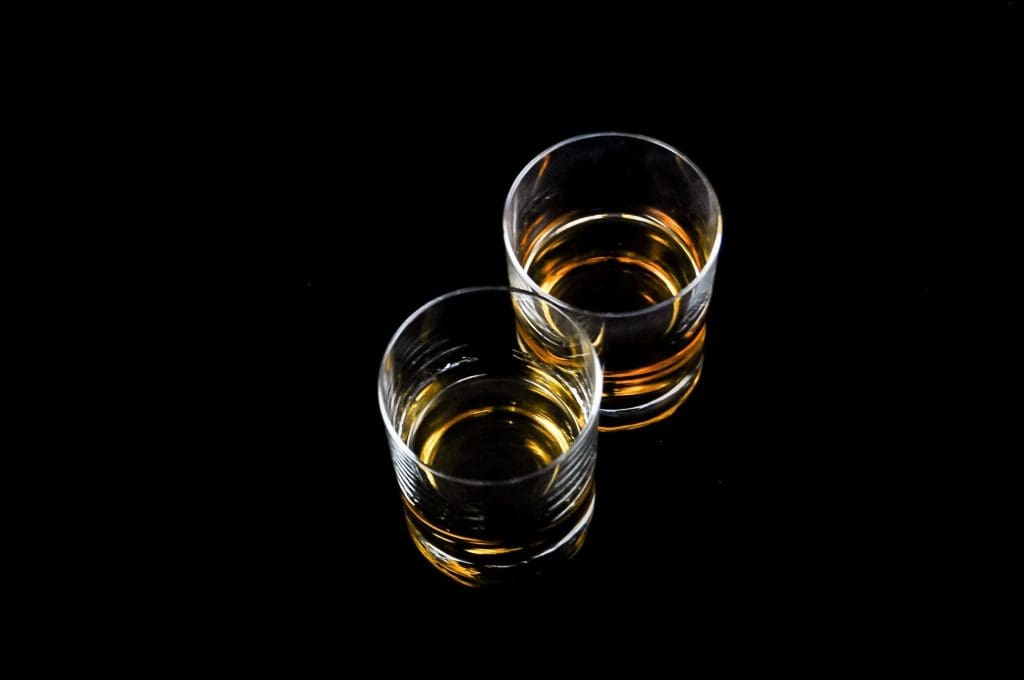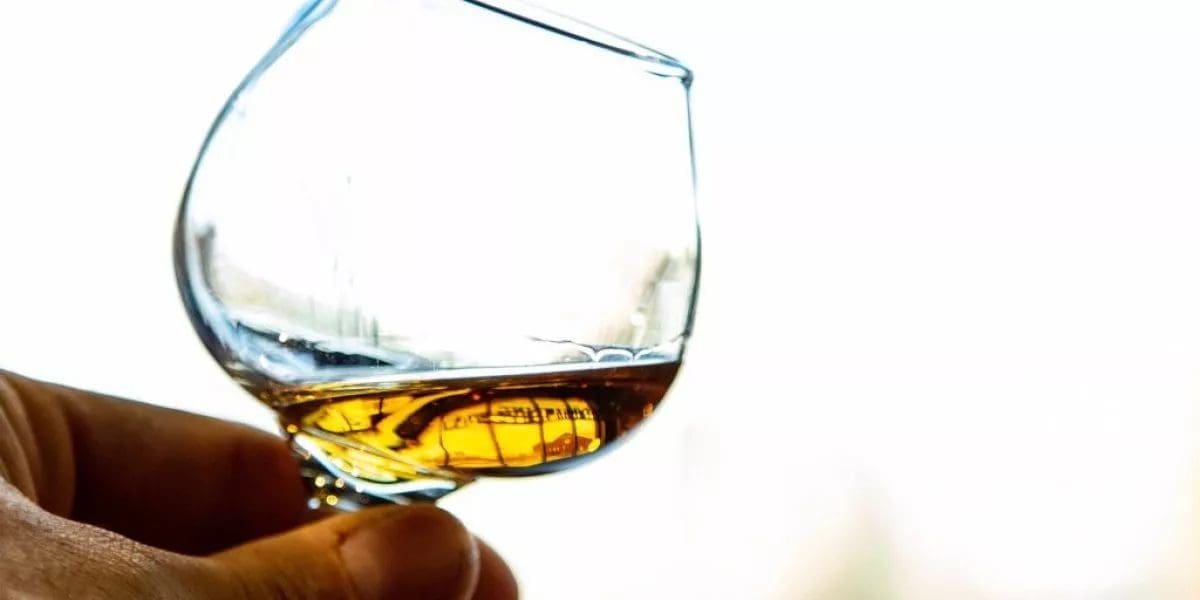A Structure For Your Tasting
Whisky tasting, you’ve got a selection of bottles in front of you, a collection of mates beside you and you’re ready to go. The problem is; how are you going to do it? Sip the tasting glasses and say; ‘Mm, that one was ‘yummy’ or; ‘Oo, that one was a bit average’? Well, you can if you like but I suspect your collective notes might get a little repetitive after a while.
To properly taste whisky you need a little structure to evaluate each sample, not a lot, but just enough so that each whisky gets the same evaluation treatment – and, if you are testing with mates – that each mate is evaluating in the same way as you. If you do this, you can compare notes at the end to find out if there are whiskies you all enjoy and you might also find that you or one of your friends has a different palate to everyone else.
No right or wrong answers
The first – and most important – thing to remember is that there are no wrong or right answers in whisky tasting, everything is subjective. No one is a dick for enjoying this cheap blended brand or a playa for preferring that single malt. The dicks are those who mock others for their preferences.

But, because we are all humans, and therefore hunger for societal acceptance, we have an inherent eagerness to get things ‘right’. In whisky tasting this usually takes the form of wanting to concur with whatever we hear other people saying about a whisky. For example, if one person in a tasting group says they detected a hint of Turkish delight in a whisky, then everyone else will be striving to find it too – or else they’ll feel like they have inferior taste buds. Don’t laugh, absolutely everybody does this. We can’t help it, it’s hard-wired in.
The way around it is to have everyone keep their notes to themselves during the tasting and share all the thoughts at the end. If this sounds too much like an exam, then try just pretending you’re all one-man teams at a pub quiz and no one shouts out the answers there do they?
The structure
The structure for whisky tasting is super simple; just use your senses of sight; smell; taste and feel one-at-a-time to discern the differences between individual whiskies:
Sight – what does your whisky look like? This is where you lift your glass up to the light to observe its colour and opacity. What colour is it? Is it translucent or opaque? Or, heavens above, are there any floaties?
Now swirl the spirit in the glass. Does it have ‘legs’? These are the streaks that run down the side of the glass like teardrops after you’ve swirled. In essence, they are a good sign as they speak to a whisky’s alcoholic strength, but they also give clues about its viscosity. If the legs run down quicker, you can expect a lighter feel whisky whereas if they dribble down slowly, you can expect a heavy dram. This may also be revealing the whisky’s age too.

Smell – what does your whisky smell of?
Sniff your whisky up close – angle the glass so you can get your nose right in – then at various distances away. Do you detect any changes? You may pick up different notes from the whisky’s aroma this way. Now swirl it as changes in temperature and air exposure can change the aromas – as can adding a little water. Try holding your mouth open when you sniff as it can help you take in more scent.
Did you detect any of these aromas?
Sherry, bourbon, grains, smoke, fruit, sweet, pine, flowers, herbs, leather, wax, oak, vanilla, butter.
Taste – How does your whisky taste?
There are several different stages to this one. First is when the whisky first hits your mouth and your tastebuds take the hit. How did that go?
Next, is your tongue. As it has different tastebuds in different regions try rolling the whisky all around your mouth to see what the different regions of your tongue pick up. In essence; sweetness is detected on the tip, sourness at the sides and bitterness at the back.
And finally try adding a little water to the whisky as this may bring out different flavours – or at least highlight some that were more in the background within the undiluted dram.
Did you detect any of these flavours at any stage?
Fruity – eg; Orange, grapefruit, lemon, lime, apple, pear, apricot, peach, plum, cherry, grape, strawberry, raspberry, currant, banana, lychee, mango, melon, passion fruit, pineapple, elderflower, rose, lavender
Vegetable – eg; Malt, barley, rye, linseed, pepper, mushroom, asparagus, grass, hay, juniper, coriander, basil, rosemary, thyme, sage, lemongrass, mint, chocolate, coffee, hazelnut, almond, coconut, cashew, coffee, cedar, char, spice, sherry, wood
Feel – How does your whisky finish?
This is what you’re feeling a few seconds after having had your whisky. Some of it is feel eg; the alcoholic effect, was it soft, smooth, warming or harsh? But some of it is more taste-based eg; was there a flavour left on the palate? And, if so, what was it? Sweet or spicy? Dry or herbaceous?
That’s all there is to it! Whisky tasting is a fun activity so should be treated as such, but by adding a little bit of structure it can become educational too. If only to decide what whiskies you want to share in the future. Enjoy!

